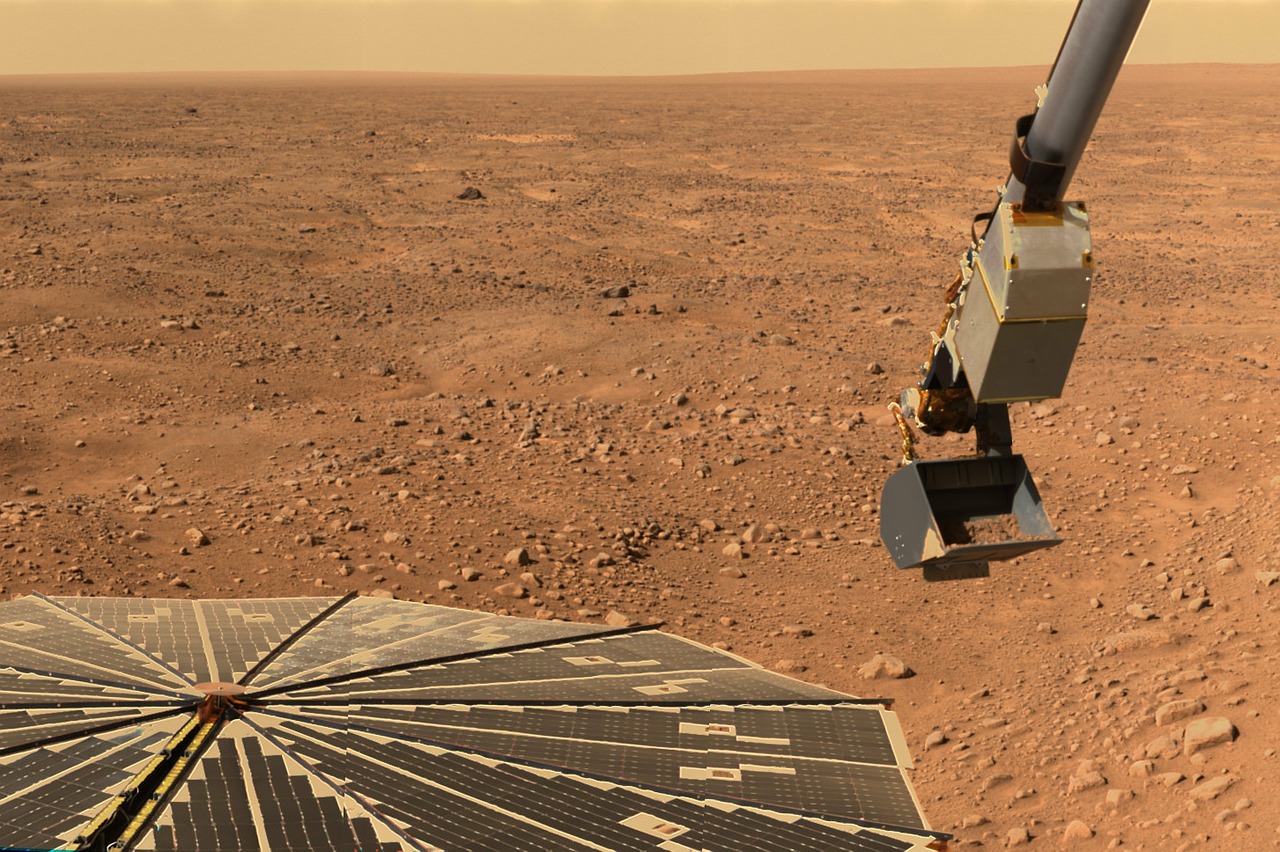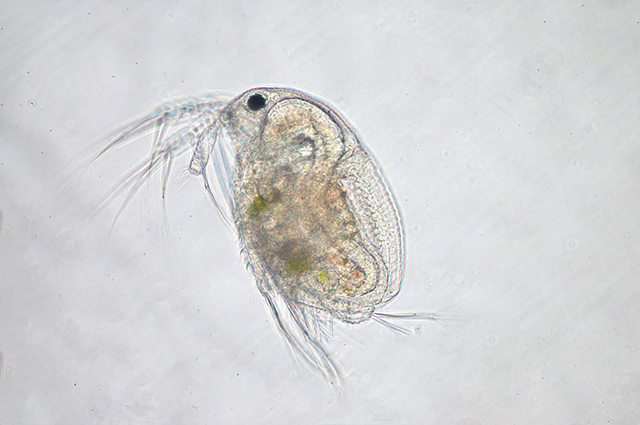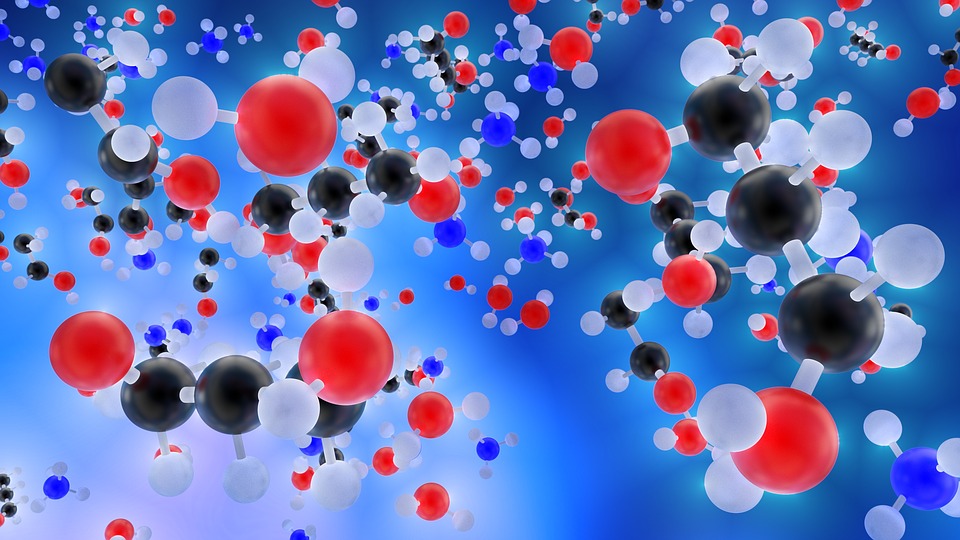Forget the surface of Mars: if we want to find signs of life, we need to go underground. The red planet may be similar to Earth in some aspects, but it also greatly differs in others. That’s why, according to Dr. Joseph Michalski, an associate professor in the Department of Earth Sciences at The University of Hong Kong, we need to redo our strategy and think outside of the box – or under the ground, rather.
Michalski and his colleagues argue for this system overhaul in two different papers. In the first, published in December 2017, they state that the surface of Mars would not have been conducive to supporting life. Though there’s evidence to reinforce the idea of there being water on the planet’s landscape, this was few and far between. Water would have only existed on the surface during brief periods of climate change. The climate on Mars has always been significantly cold and dry, qualities that would make it near inhospitable.
In the second paper, published just this February, they make the case for subsurface life on Mars. They explained that there is a great amount of proof backing up the theory that Mars has a wide array of hydrothermal environments. These are habitats wherein hot water and rocks come into contact with one another. On Earth, hydrothermal vents are known for sustaining a diversity of deep-sea life and for being an integral component of the deep sea vent hypothesis. (Related: Deep sea mining: discovery of 6 new species in unexplored hydro-thermal vents.)
William Martin and Michael J. Russell, the proponents behind this hypothesis, have suggested that alkaline hydrothermal vents provided suitable conditions for abiogenic or inorganic life. They contended that “life evolved in structured iron monosulphide precipitates in a seepage site hydrothermal mound at a redox, pH and temperature gradient between sulphide-rich hydrothermal fluid and iron(II)-containing waters of the Hadean ocean floor.”
Michalski asserted that something similar may have occurred on Mars. Through remote sensing and infrared spectroscopy, he and his team can identify which minerals are present and formed these hydrothermal systems. This, combined with the data gathered by spacecraft, could provide a clearer picture of what exactly can be found in Mars’ underground.
“This is an extraordinarily exciting time in Mars exploration. We are getting very close to being able to detect evidence of ancient life on Mars or, perhaps more importantly, the chemical building blocks on which life forms,” said Michalski.
Others have agreed with this proposal. Professor Quentin Parker, Director of Laboratory for Space Research at The University of Hong Kong, has called Michalski’s work “cutting edge and ground-breaking.” He added: “It speaks to the very heart of trying to understand how life may have evolved not just on Earth but on other terrestrial bodies both in our own solar system and indeed around other stars that have planets that lie in the so-called ‘habitable zone’.”
Hydrothermal vents and life
Far from just potentially supporting life on Mars, the belief that hydrothermal vents were nourishing extraterrestrial organisms has also been applied to Enceladus. In 2015, the Cassini spacecraft did a swoop of the Saturnian moon and detected a hydrogen gas-containing plume on the moon’s surface. This, according to CosmosMagazine.com, was possibly indicative of there being hydrothermal vents in Enceladus’ subsurface ocean.
“The discovery of hydrogen gas and the evidence for ongoing hydrothermal activity offer a tantalizing suggestion that habitable conditions could exist beneath the moon’s icy crust,” said Hunter Waite, the Cassini mission’s principal investigator. “Everything indicates that the hydrogen originates in the moon’s rocky core.”
The discovery doesn’t guarantee the presence of life on Enceladus, but it leaves room for the possibility of it, just like with Mars.
Go to Space.news to read up on more articles about the red planet or the search of life beyond that on Earth.
Sources include:
ScienceDaily.com
NCBI.NLM.NIH.gov
CosmosMagazine.com





















